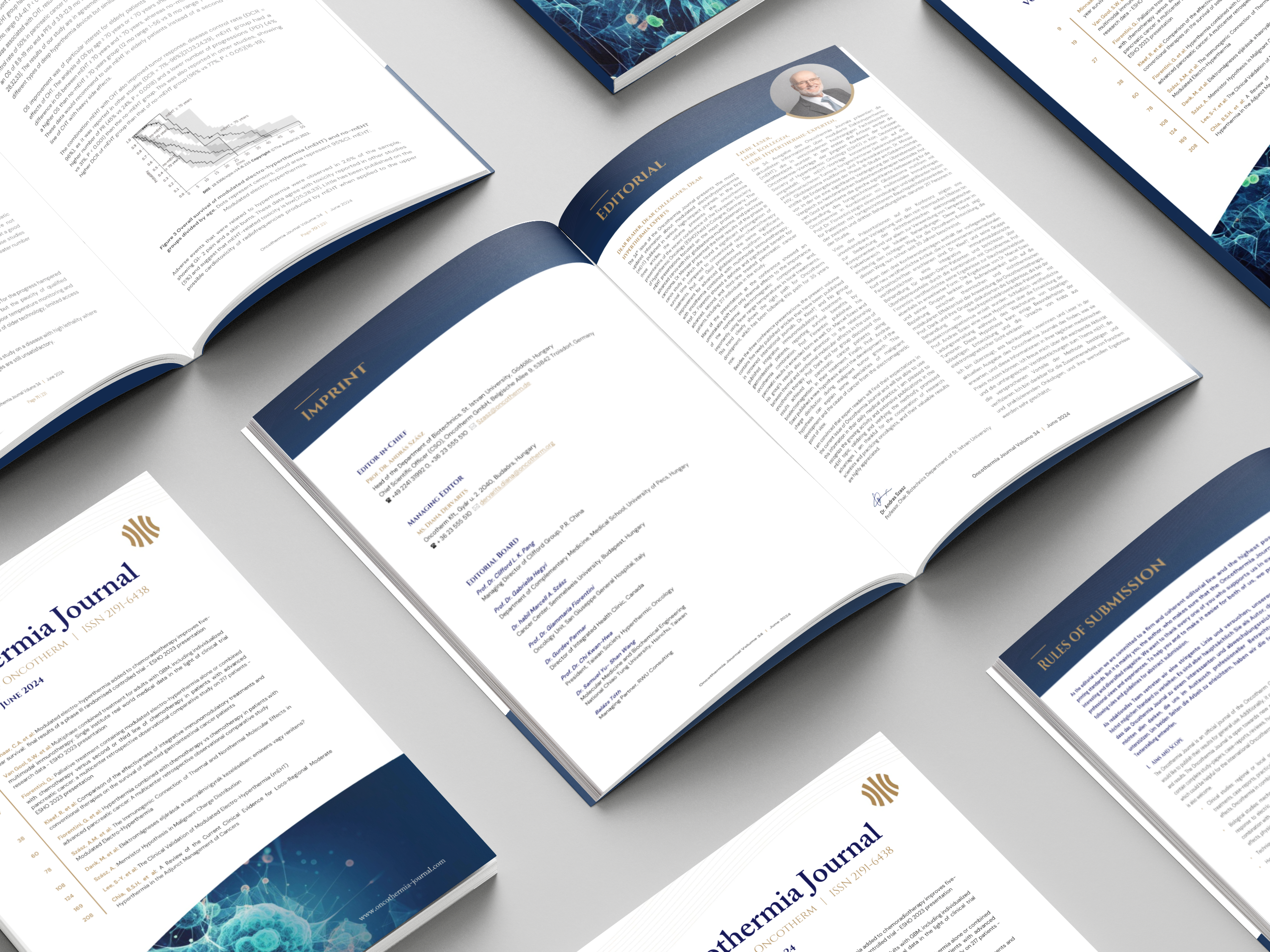A Bioelectromagnetic Proposal Approaching the Complex Challenges of COVID-19
Autor: Andras Szasz
Abstract
The COVID-19 pandemic has experienced unprecedented limitations and extraordinary scientific efforts to address this exceptional situation. Despite blanket closures that have resulted in significant financial constraints and losses around the world, research has an “unlimited” budget, with an exceptional concentration of medical and scientific care on a single topic: understanding the mechanisms for overcoming the disease. A large number of clinical trials have been launched with different drugs that have been behind different concepts and solutions. I would like to focus on the complexity aspect of COVID-19. Living systems are organized in a complex way, which implies dynamic stochastic phenomena, and deterministic reductionism can mislead research. When research focuses on individual molecules or pathways as products, it is distracted from the processes in which these products operate, thus neglecting the complex interactions between regulations and feedback controls. Common problems in product-oriented research are articulated as “double-edged swords”, “Janus behavior”, “two-sided action”, with a simple question: “friend or foe?” I focus on the missing complexity. I propose a bioelectromagnetic process that can maintain a complex approach, affecting processes rather than products. This hypothetical proposal is not a comprehensive solution. Complexity itself limits the overall effects of causing “miracles”. Well-designed electromagnetic effects can support current efforts and, in combination with intensively developed pharmaceuticals, bring us closer to a pharmaceutical solution against COVID-19.
Suppression of Metastatic Melanoma Growth in Lung by Modulated Electro-Hyperthermia Monitored by a Minimally Invasive Heat Stress Testing Approach in Mice
Autoren: Mbuotidem Jeremiah Thomas, Eniko Major, Anett Benedek, Ildikó Horváth, Domokos Máthé, Ralf Bergmann, Attila Marcell Szász, Tibor Krenács and Zoltán Benyó
Zusammenfassung
The lung is the most frequent site of distant melanoma metastases. Metastases of melanoma in the lungs offer a very poor prognosis, with a 5-year survival rate of below 10%. Hyperthermic therapies including modulated electro-hyperthermia (mEHT) in clinical settings have been used to improve the efficacy of radiotherapy, chemotherapy, and immunotherapy of tumors. In this study, we focused primarily on the optimization of mEHT for targeted lung treatment of mice lungs burdened with B16F10 melanoma pulmonary metastases, with a particular focus on elucidating the mechanism of action of mEHT on treated melanoma cells while investigating any potential treatment-related side effects on normal lung tissue. mEHT showed evidence of significant anti-tumor effects as demonstrated by the reduced number of pulmonary metastatic nodules, DNA damage response, downregulation of Ki67 expression, higher immune cell infiltration, and upregulation of p21waf1 expression in mEHT-treated tumors.
Abstract
Modulated electro-hyperthermia (mEHT) is a novel complementary therapy in oncology which is based on the higher conductivity and permittivity of cancerous tissues due to their enhanced glycolytic activity and ionic content compared to healthy normal tissues. We aimed to evaluate the potential of mEHT, inducing local hyperthermia, in the treatment of pulmonary metastatic melanoma. Our primary objective was the optimization of mEHT for targeted lung treatment as well as to identify the mechanism of its potential anti-tumor effect in the B16F10 mouse melanoma pulmonary metastases model while investigating the potential treatment-related side effects of mEHT on normal lung tissue. Repeated treatment of tumor-bearing lungs with mEHT induced significant anti-tumor effects as demonstrated by the lower number of tumor nodules and the downregulation of Ki67 expression in treated tumor cells. mEHT treatment provoked significant DNA double-strand breaks indicated by the increased expression of phosphorylated H2AX protein in treated tumors, although treatment-induced elevation of cleaved/activated caspase-3 expression was insignificant, suggesting the minimal role of apoptosis in this process. The mEHT-related significant increase in p21waf1 positive tumor cells suggested that p21waf1-mediated cell cycle arrest plays an important role in the anti-tumor effect of mEHT on melanoma metastases. Significantly increased CD3+, CD8+ T-lymphocytes, and F4/80+CD11b+ macrophage density in the whole lung and tumor of treated animals emphasizes the mobilizing capability of mEHT on immune cells. In conclusion, mEHT can reduce the growth potential of melanoma, thus offering itself as a complementary therapeutic option to chemo- and/or radiotherapy.
Main navigation
Neueste Veröffentlichungen – ICHS und Forschung
27 November 2023 | Wissenschaft
Einblicke von der ESHO-ICHS-Tagung
17 October 2023 | Wissenschaft
Juli ist Monat der Sarkom- und Knochenkrebs Aufklärung
5 July 2023 | Wissenschaft






